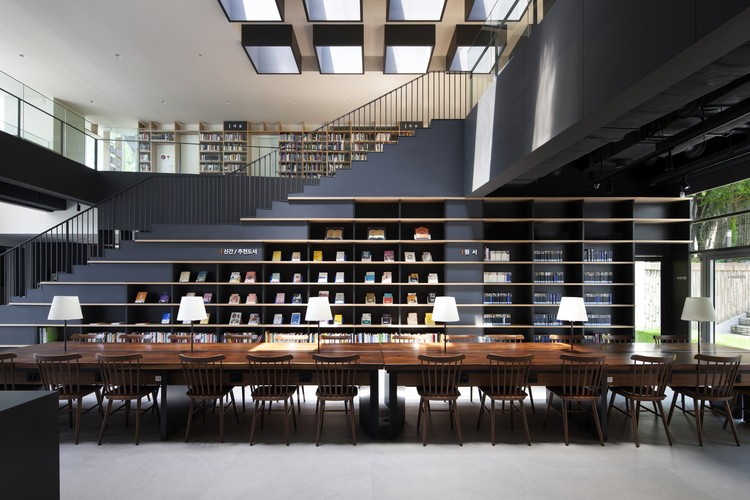Material Selection in Library and Workspace Design

Material selection is one of the most important factors directly influencing the functionality, user comfort, and aesthetic integrity of library and workspace designs. The right material choice ensures long-lasting durability while shaping the atmosphere of the space and creating an efficient working environment. This selection should be made by considering criteria such as the intended use, acoustic requirements, ergonomic factors, light reflection properties, and sustainability.
One of the most commonly preferred materials in libraries and workspaces is wood. Its natural texture and warm appearance bring a calm and inviting atmosphere to the space while providing durability with suitable types for heavy use. Hardwoods such as oak, walnut, and maple are widely used in a variety of furniture, from desks to shelving systems. Solid wood is a natural and elegant option, but alternatives such as natural veneer or MDF-lam can be considered for budget and maintenance reasons. Light-colored wood surfaces make the space appear brighter and more spacious, while darker tones create a classic and sophisticated effect.
Metal is another material frequently used in workspaces and library shelving systems. Metals such as steel and aluminum stand out in modern and industrial designs due to their durability and thin profiles. Matte black, chrome, and brass finishes add elegance to the space, especially in desk legs and shelving support systems, providing a refined and sturdy structure. In industrial-style workspaces, steel-constructed shelves and raw wood combinations create a characteristic identity while offering flexibility through modular designs.
Glass, especially in partition panels and desks, stands out as an important material. Tempered glass panels divide the space, creating individual work areas while maintaining a sense of openness due to their transparency. Smoked or bronze glass options provide a warmer and more sophisticated look, while clear glass creates a modern and open atmosphere. Lightweight and durable materials such as acrylic and polycarbonate are often used in movable furniture and decorative details. Matte acrylic surfaces used in desks reduce light reflections, offering ergonomic usage, while glossy surfaces add a contemporary aesthetic to the space.
Stone and composite materials are considered luxurious and durable options, especially for desk and shelving surfaces in libraries and workspaces. Natural stones like marble, granite, and quartz create an elegant and classic atmosphere, while composite stone surfaces, resistant to stains and scratches, are more advantageous in terms of ease of maintenance. Light tones like white Calacatta marble make the space feel larger and brighter, while darker options like Emperador or Nero Marquina marble create a more dramatic and sophisticated effect.
Flooring is another crucial element that defines the comfort and acoustic properties of workspaces. Wooden parquet provides a warm and natural feel, while laminate and vinyl flooring stand out for their durability and ease of maintenance. In spaces like libraries where acoustic comfort is a priority, carpeted flooring, with its sound-absorbing qualities, can be preferred. In modern and industrial-style workspaces, concrete or epoxy coatings create a minimal and contemporary atmosphere.
